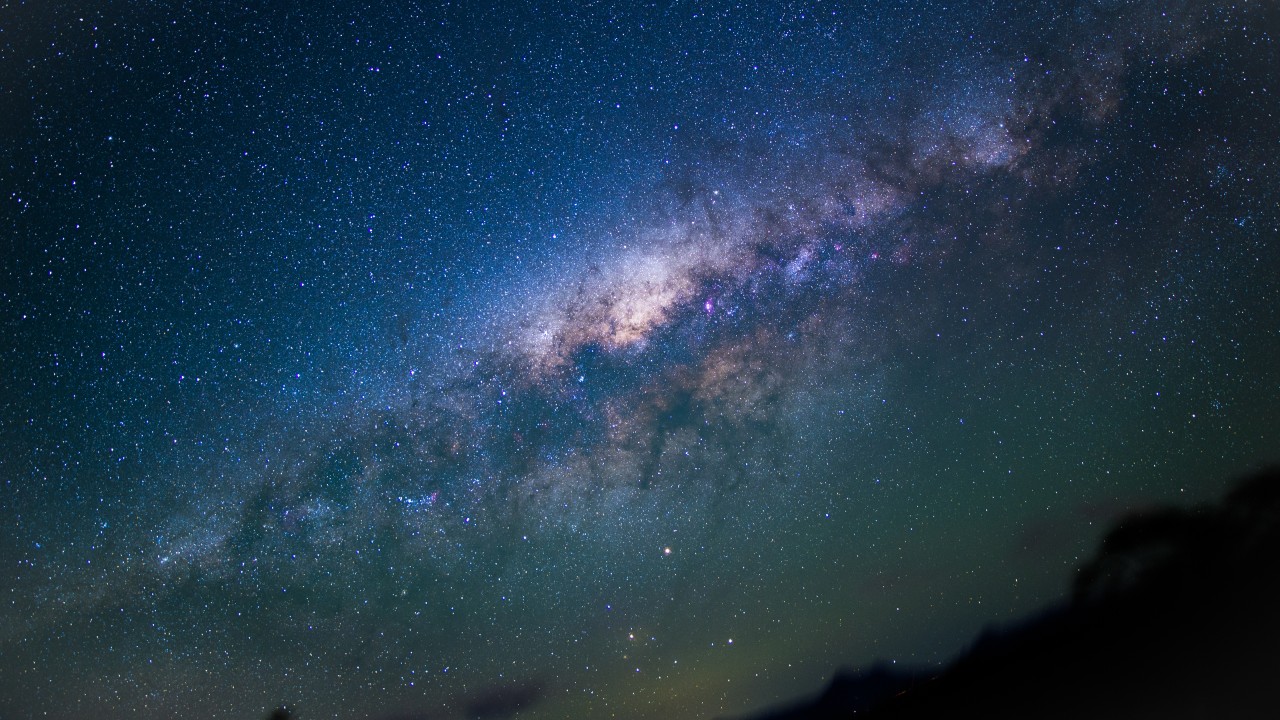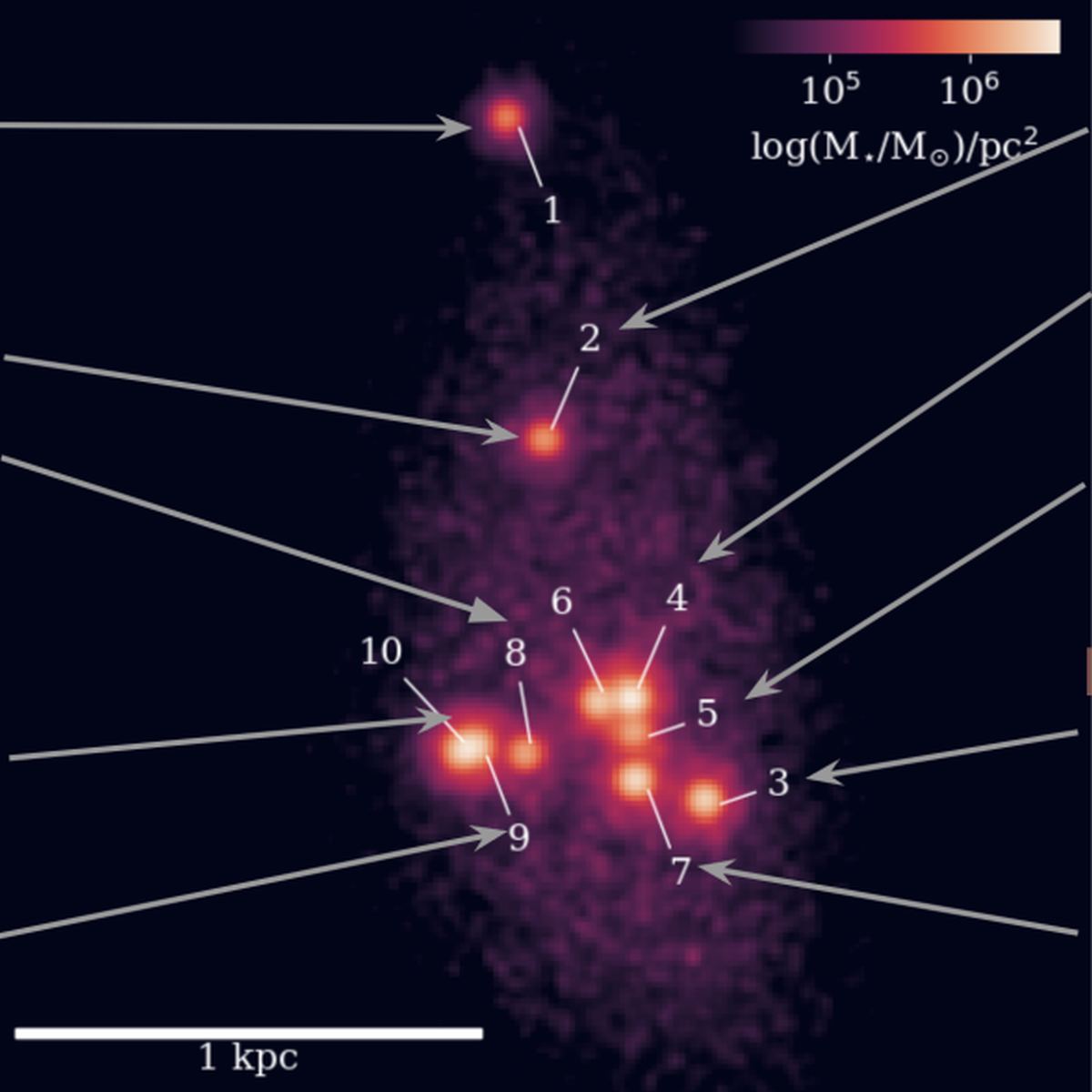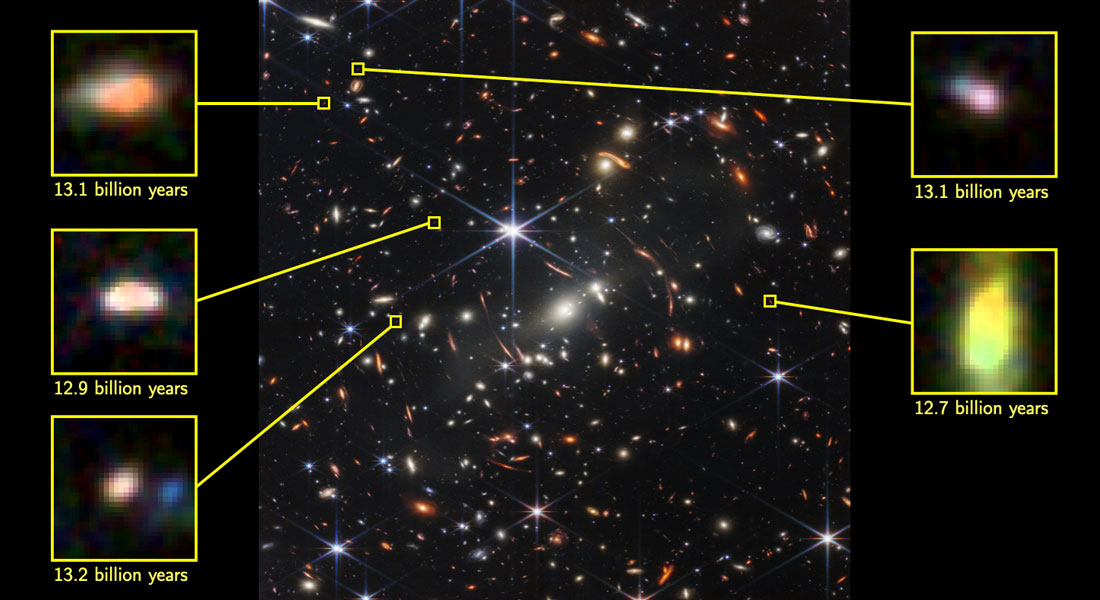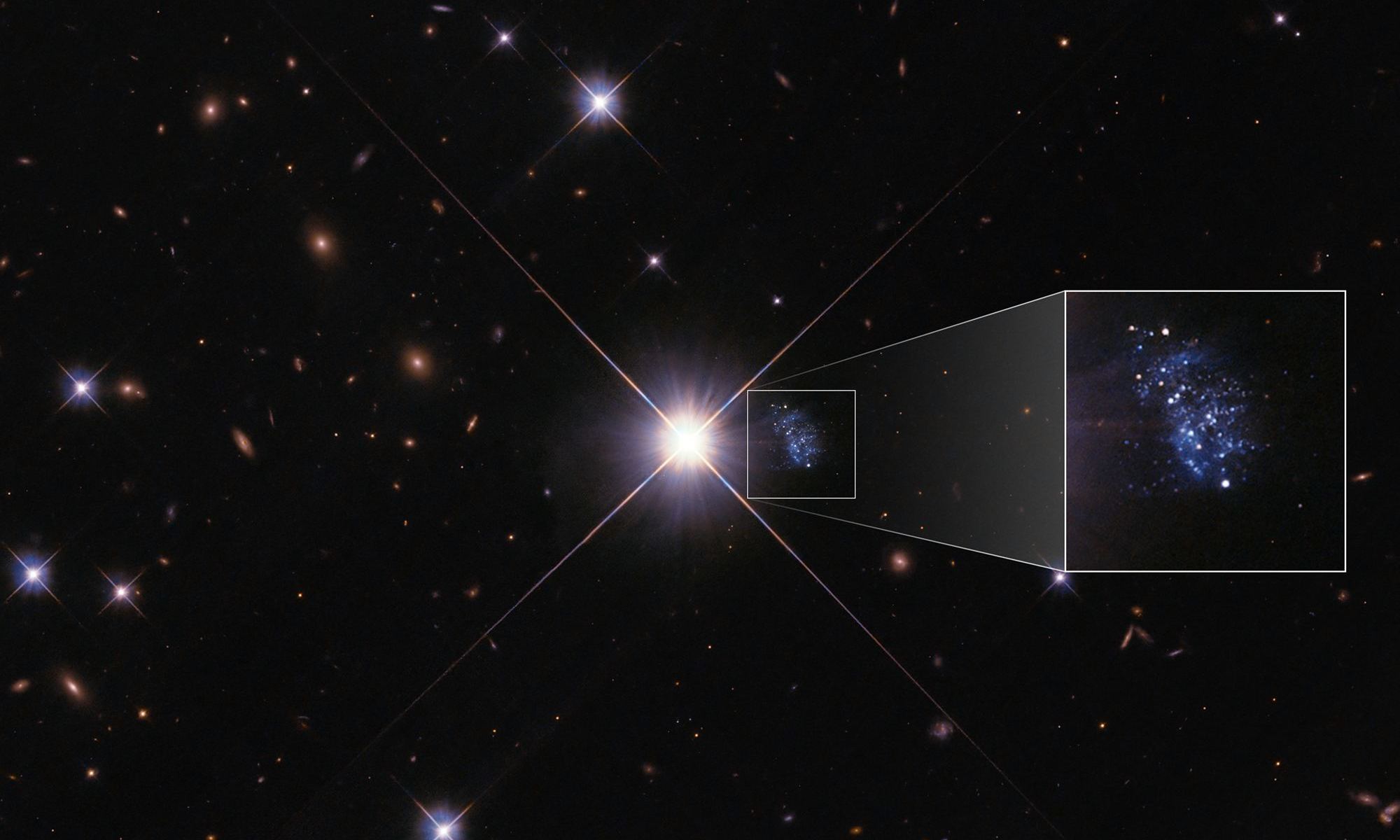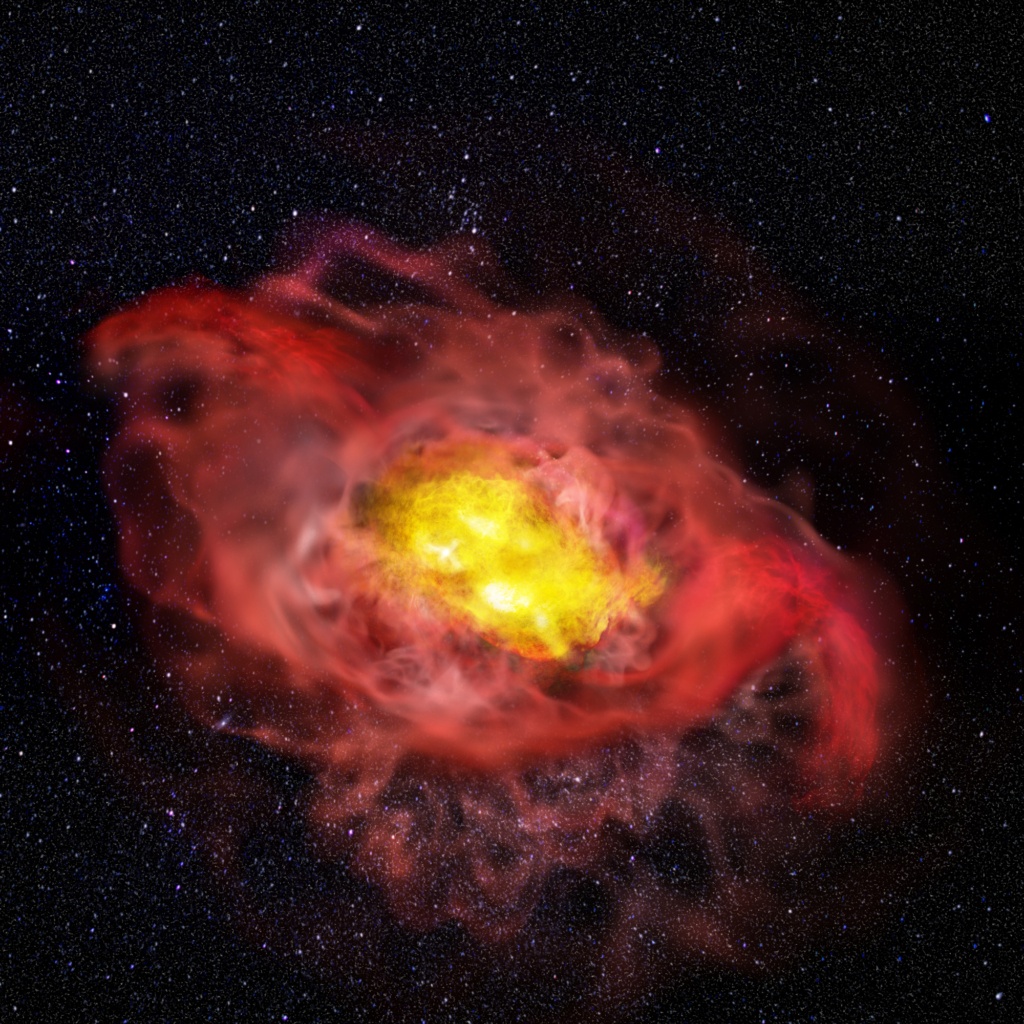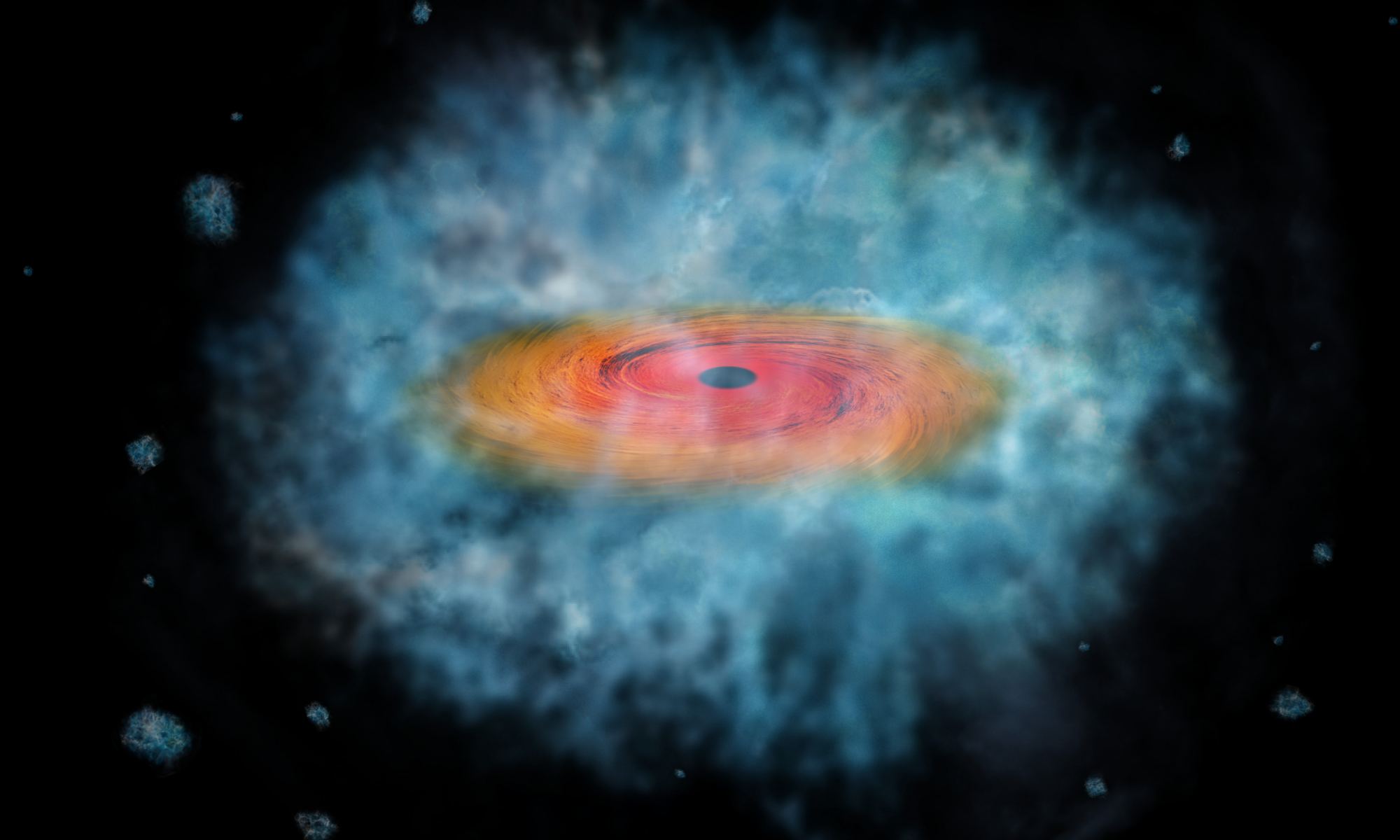Astronomers have spent decades trying to understand how galaxies grow so large. One piece of the puzzle is spheroids, also known as galactic bulges. Spiral galaxies and elliptical galaxies have different morphologies, but they both have spheroids. This is where most of their stars are and, in fact, where most stars in the Universe reside. Since most stars reside in spheroids, understanding them is critical to understanding how galaxies grow and evolve.
New research focused on spheroids has brought them closer than ever to understanding how galaxies become so massive.
Continue reading “We Might Finally Know How Galaxies Grow So Large”


